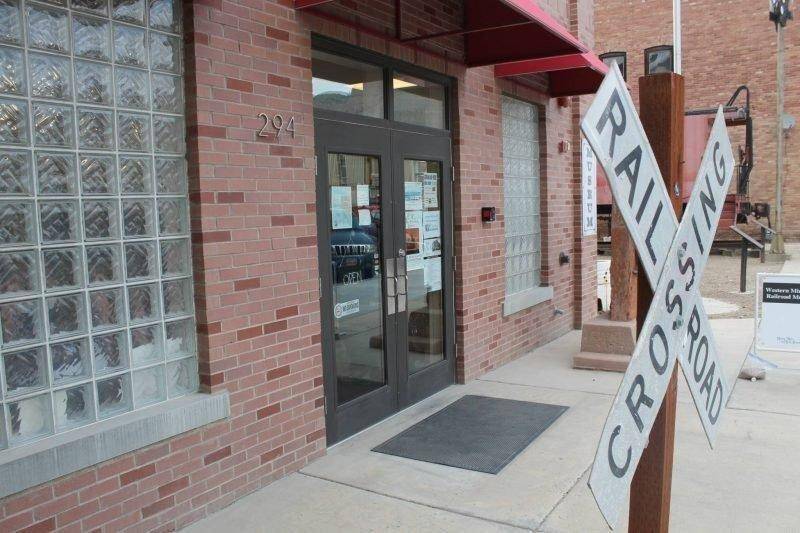“In every organization, there’s a time where management chooses to reduce its expectation and accept where it’s at,” Jim Boyd, Helper City Mining and Railroad Museum Director, said as he began his discussion with the Helper City Council last week.
Boyd was referring to the revenue of the museum. Furthering his explanation, Boyd spoke to the council members on a few key components of change.
It is Boyd’s belief that there are three specific changes that will occur over the next 15 to 20 years that will impact the museum. The museum opened 1964 and at that time, people were remembering the lives of their parents and grandparents, which made the experience personal. Currently, the remembrance is geared more toward great grandparents and older.
Another impact, according to Boyd, is the fact that coal camps closed in the ’50s and ’60s. The citizens that lived in the camps or had parents in them will soon be gone. Moving forward, it is believed that the coal industry and mining will shrink.
Along with these changes, Boyd also pointed out to the council that we are living in a very digital age. This means that attendees of the museum are expecting a different, high-tech experience.
“When the museum was purchased by the city, personal computers were three years old and you never found one except in a business,” Boyd explained.
All of these things have led Boyd to believe that, for the museum to survive, it needs to move from remembrance to interpretation and education. This will require a different kind of management. His hope is that the museum will start to resemble the new railroad exhibit, which received positive feedback on a state level.

